Inuit Survival: Adaptation and Resilience in the Arctic
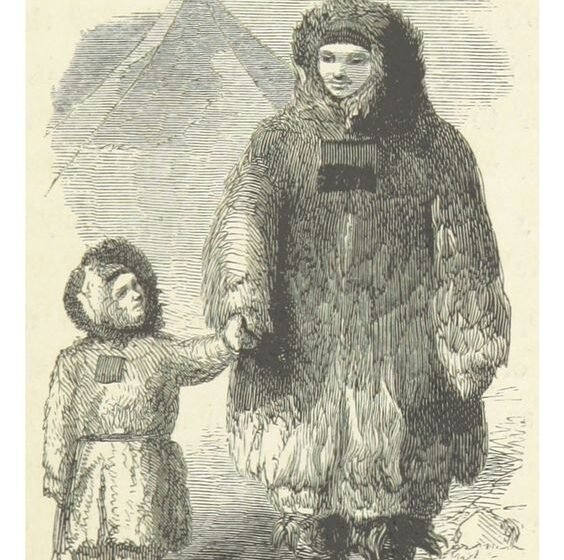
Surviving the Frozen Frontier: How the Arctic Survives Against All Odds.
In the Arctic, life goes on against extreme challenges. From indigenous communities to resilient wildlife, what is truly important is adaptation. Almost around two decades ago, the arctic was much thicker, and thus acted like a shield against the climate changes. But now, since the ice is comparatively thinner and doesn’t last as long, it makes the arctic more vulnerable to the shifts in weather patterns. Normally, the arctic can deal with it by releasing heat into the atmosphere, but lately, more sunlight is getting absorbed by the ocean instead of reflecting it back into space. Meaning, the arctic is going through some unusual weather conditions in the last several years, and due to which the ice is getting affected by the storm more than before. In the coming years, the arctic is expected to face even more extreme weather, which might affect the whole world.
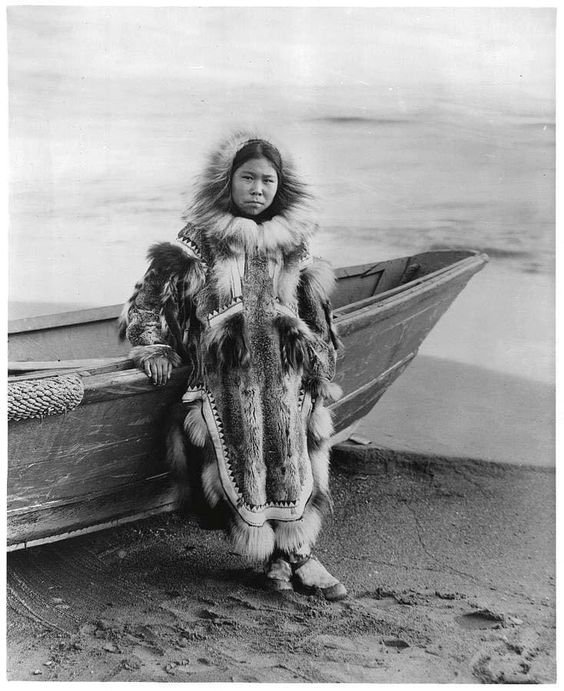
The recent incidents, such as the incredibly low sea levels in the Bering Sea during the winters of 2018 and 2019 and the Siberian heatwave in the 2020 which made the scientist question these sudden changes that are happening in this region. This is nature giving us hints that something big is happening on the horizon. According to the chaos theory, that says, when many different factors start changing at one, it could be a sign that an important event is about to happen. These different factors include, three year-round decline of sea ice, a shift to mainly the first layer of ice and along with it the consistently warmer ocean and air temperatures etc.
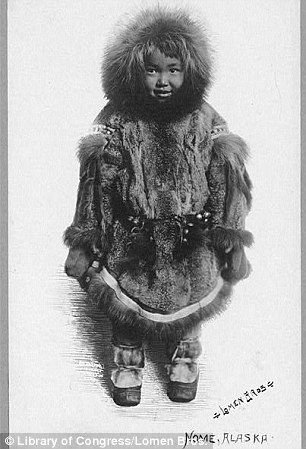
In the year 2018, it came to notice when reports emerged of near freezing temperature in the north pole during winters. This happened because of the winds that carry heat and moisture northward, which increase the amount of long-wave radiation reaching the surface and delayed the freezing of sea ice. Due to these events, feedback loops are created, which amplifies the warming in Arctic. the interactions between sea ice and atmosphere play an important role in accelerating these changes. As the sea ice keeps decreasing, more of the sun’s energy is absorbed by the ocean which leads to further melting of ice and warming.
Understanding these complex interactions is essential for predicting future changes in the Arctic and how it will have an effect on the planet in the broader picture. Over the span of fifteen years, the sea ice has changed from being older, thicker ice, to younger, thinner ice. This loss is occurring both in winter and summer. The maximum extent of Arctic winter sea ice has been decreasing steadily, with recent years showing lower maximum extent compared to previous years, however there was a slight rebound in the year 2019. This decline in sea ice is due to global warming, which disrupts the usual process of sea ice and the movement of sea ice across the arctic ocean.

While, the decreasing of sea ice remains a constant problem, there’s another major concern which is the concentration of sea ice within the summer ice pack itself which has been decreasing in recent years. This means that even though there is a significant area covered by ice during the summer, the ice itself is becoming more thinner and it spreads out. This allows the sea ice to absorb more solar heat and contributes to the warming of the arctic.
After this plethora of information on the thinning of ice, the question arises whether there will be a complete disappearance of ice in the near future? According to some scientist, if these trends continue there might be a possibility that the summer ice would vanish in the coming decades. It also affects the Arctic ecosystems and wildlife. Sea ice provides a crucial habitat for species like polar bear, seals and walruses who rely on hunting and resting, because of the diminishing sea ice, these animals find it really difficult to find food and their suitable habitat. This can also lead to population decline and ecosystems disruptions.
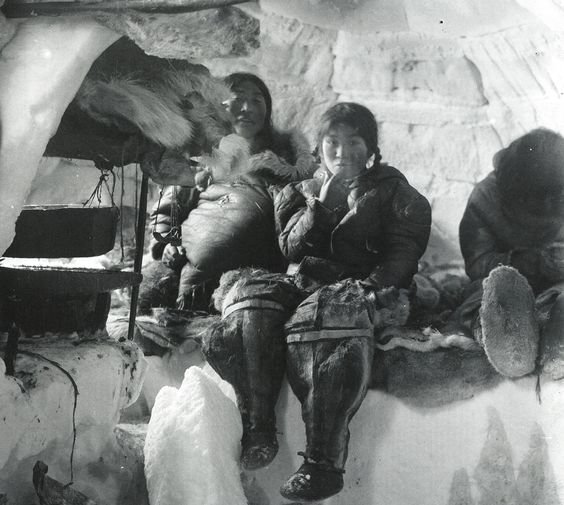
It also affects the climate globally as the Arctic plays an important role in regulating the Earth’s climate by reflecting the sunlight back into space. As more and more sea ice melts, the dark ocean surface absorbs more heat which leads to climate instability. If we want to mitigate the loss of Arctic sea ice, measure like reducing greenhouse gas emissions and addressing the root cause of climate change should be taken. This requires global cooperation and commitment to transitioning to renewable energy sources and implementing policies that promote sustainability and conservation.
The Bering and Barents seas are like warning signals for what might happen beyond the Arctic if we continue emitting greenhouse gases at the current rate. These regions are already experiencing significant changes, and the consequences of this can be worse if no action is taken. One of the major concerns is the potential loss of fisheries in these areas. The habitats of fish and other marine species keeps changing because of the changing climate. This could lead to disruptions in the marine life.

Apart from that, the way of life for many indigenous communities in the Arctic is also under threat. These communities have relied on the Arctic environment for centuries, but now they are facing challenges like never before. Predicting how these changes will unfold is difficult, but the potential economic costs are enormous. Losses is fisheries could have a huge effect on the global economy and also raise concerns over food security loom for coastal communities.
One of the most worrying trends is the increasing frequency of the extreme weather events in the Arctic. Heatwaves, wildfires and the decrease in the sea ice is becoming common. These events not only pose immediate risk to people and wildlife but also signal larger changes underway in the Arctic. A lot of scientist believed that these changes could lead to a point where the Arctic climate undergoes abrupt and irreversible changes.
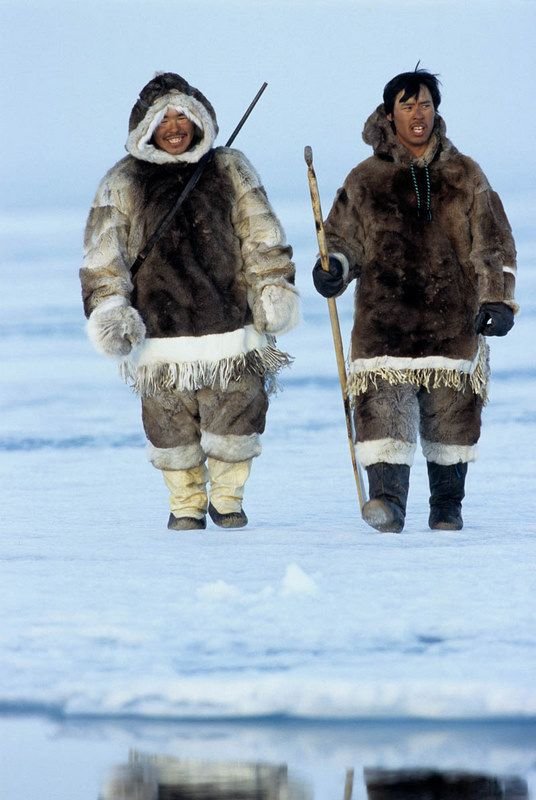
However, the arctic has a feedback mechanism that make sit vulnerable to these changes. For instance, the loss of thick old ice means that the arctic is dominated by thinner, more mobile ice. This makes the region more susceptible to rapid changes and impacts that cascade through ecosystems. To address these challenges, we need to invest in advanced monitoring systems and have a real time data collection. By closely monitoring changes in the Arctic, we can understand the risk and take actions to mitigate them.
Nevertheless, the key here is to manage the unavoidable changes that are already underway while simultaneously working to avoid the most catastrophic outcomes. For this, the governments businesses, and communities around the world should come together. As, the future of the Arctic, and even the future of our planet depends on it.


